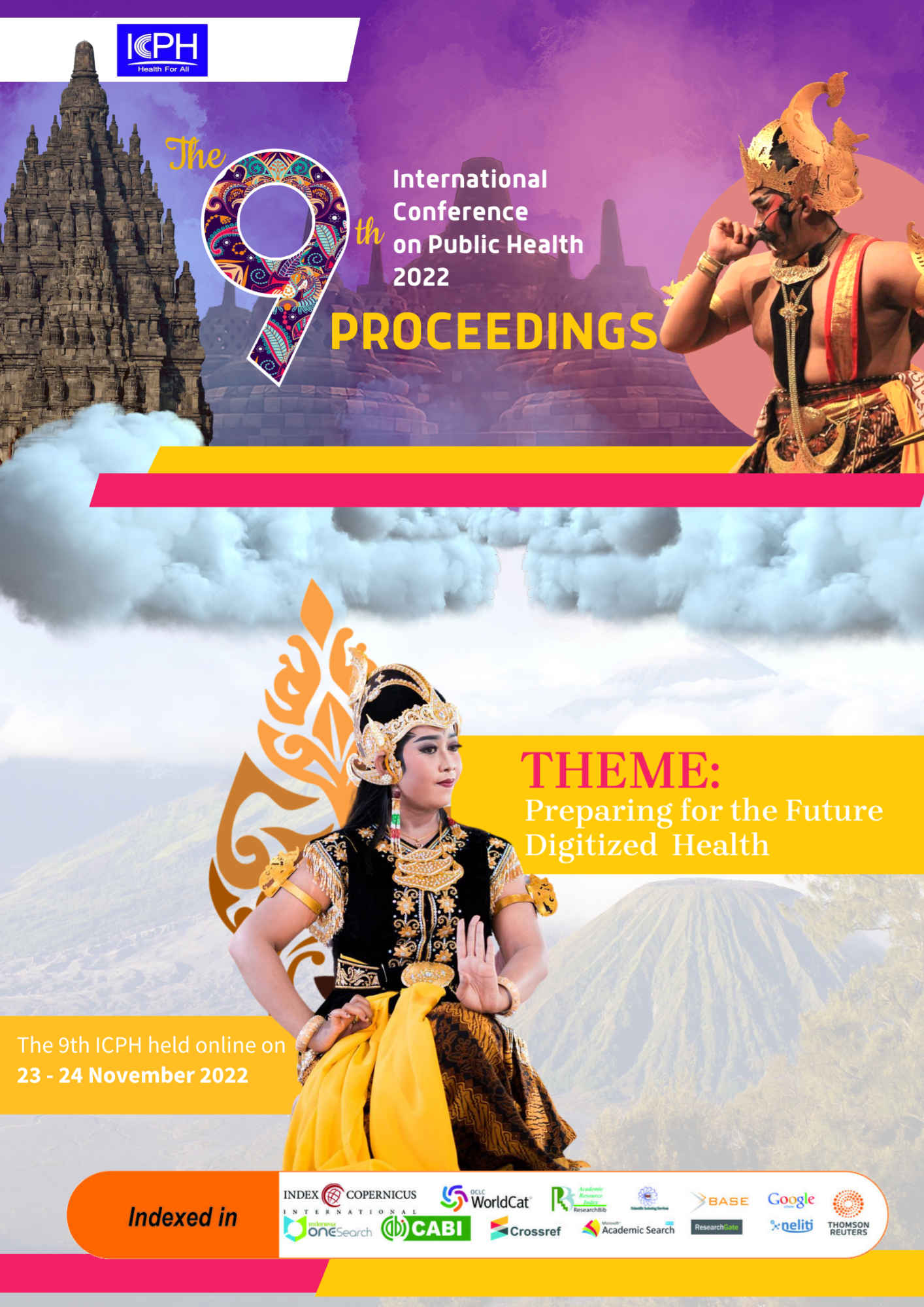Abstract
Background: Acupuncture is one of traditional Chinese medicine. An increasing number of studies have demonstrated that acupuncture activates distinct brain regions under conditions of hypertension. Whereas, cupping is a physical treatment that uses a plastic, bamboo, or glass cup to create suction on the skin over an acupuncture point or painful area. Both interventions are frequently used by patients with hypertension. The purpose of this study was to compare the effectiveness between combination of acupun�ture and cupping therapy and acupunture only in lowering blood pressure.
Subjects and Method: This was a randomized controlled trial. The study was carried out in Sukoharjo, Central Java, from November 2020 to April 2021. A sample of 36 hypertensive patients was selected and divided into two groups equally and randomly. The intervention group received combination of acupunture and cupping therapy. Control group received acupunture only. The dependen variables were systolic and diastolic blood pressure. The independent variable was acupuncure and cupping therapy. Acupuncture was placed at GB 20, LI 4, LV 3, and GV 14 points. Mean difference between groups after intervention was tested using independent t test.
Results: After intervention, mean of systolic blood pressure in the intervention group (acupunture and cuping therapy) (Mean= 127.2; SD= 12.27) was lower than control group (acupuncture only) (Mean= 143.3; SD= 6.86) and it was statistically significant (p <0.001). Mean of diastolic blood pressure in the intervention group (acupunture and cuping therapy) (Mean= 85; SD= 7.17) was lower than control group (acupuncture only) (Mean= 88.89; SD= 4.71) and it was statistically marginally significant (p= 0.060).
Conclusion: Combination therapy of acupunture and cuping is more effective to lower systolic and diastolic blood pressure compared to acupunture only.




























